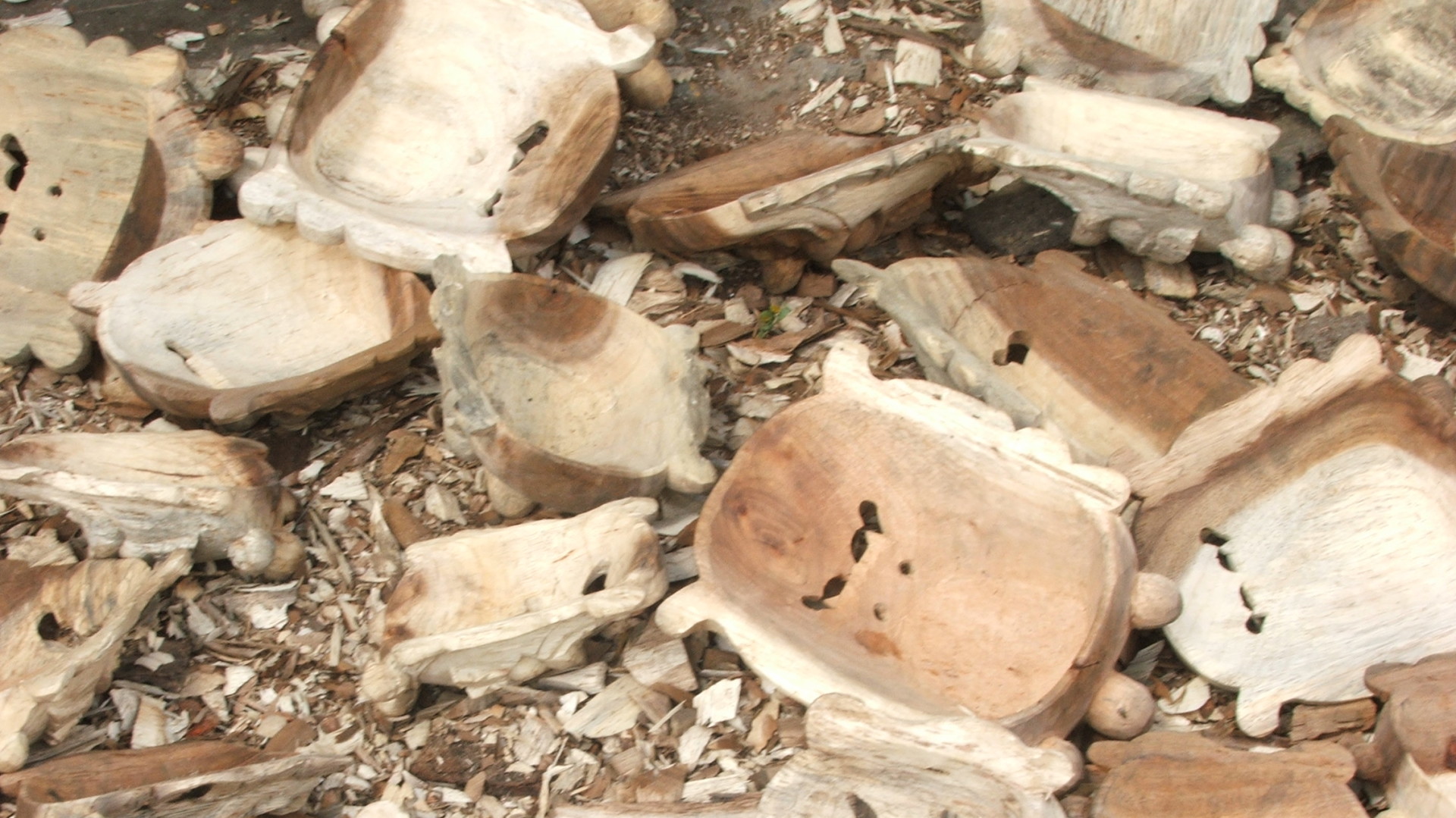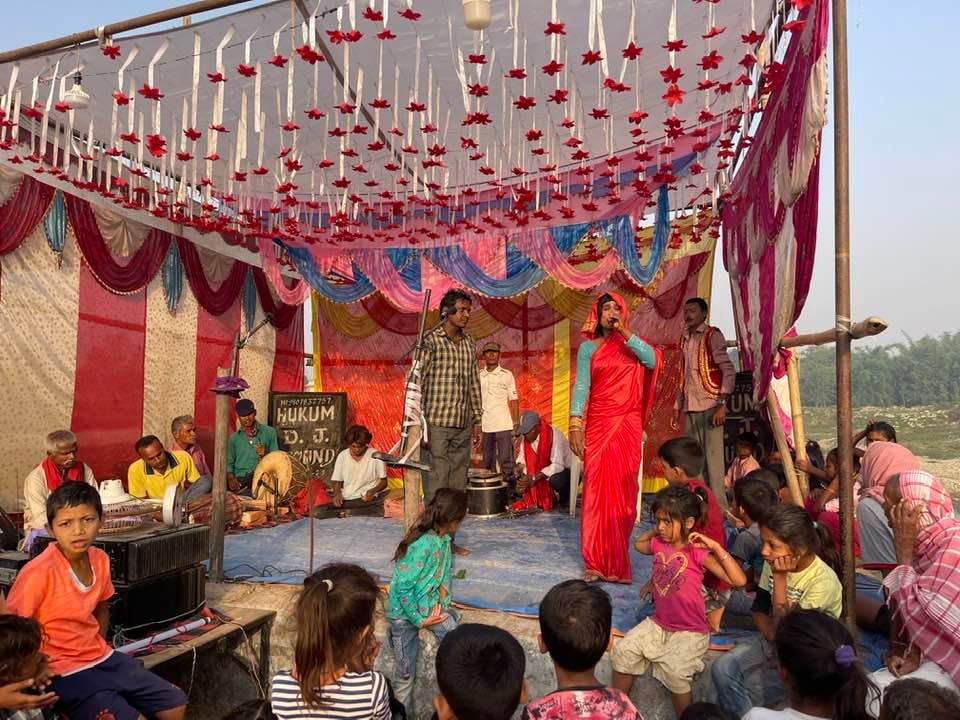After speaking with various people, I finally managed to travel to Kanakpatti, a village about twenty minutes by safari from Janakpur, to watch Karik Maharaj and speak briefly with the artists, get their contact details and arrange to return for more in autumn. They performed the epic of Karik Maharaj over two nights, starting around 11 pm. Folk drama is usually preceded by a couple of hours of music and dances. The performance goes on continuously for the whole night. This one ended at 7 am. Folk artists perform mostly in village areas during festivals and fairs (mela) and play an important role in enlivening the mela by entertaining the audience for the whole night, while street vendors cook and sell food- this occasion was the Nepali new year celebration. It was also the last performance of the season for the two teams. They returned to their jobs (agriculture, etc) and will start performing again next September. Folk artists are occasionally invited to Janakpur to perform during theatre festivals but their productions are considered as not suitable to contemporary urban audiences. My research project has now become much clearer, understanding heritage performance through theatre, looking at when and how urbanisation and modernisation has led to the erasure of folk drama (naach, Ramlila, nautanki) from the city, and how contemporary theatre groups rework folk genres and folk elements in a way that is considered as acceptable to urban audiences.
What was fascinating is that within a short distance, three folk dramas were being performed at the same time in different villages: Karik Maharaj, Salhesh and Gopichand.



